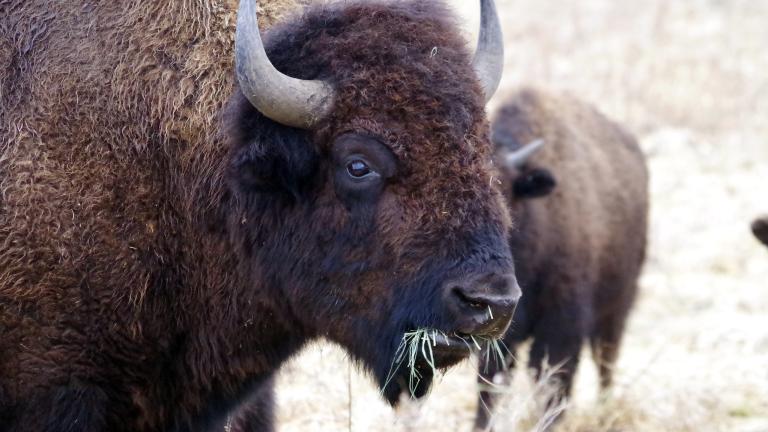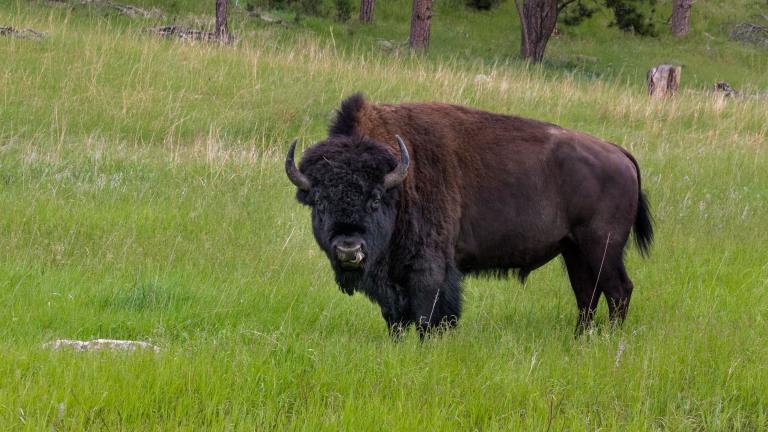The Nature Conservancy is bringing a herd of at least 30 bison to the Nachusa Grasslands, where the herd will be able to graze on 1,500 acres of prairie. While the Conservancy has more than 20 years of experience reintroducing bison throughout the Great Plains, it will be the first time the organization will reintroduce bison to native Illinois prairie.
According to The Nature Conservancy, when the bison first arrive, they will be placed in an area that is off-limits to visitors. This allows the bison to acclimate to their new surroundings. By the spring of 2015, bison will be visible to visitors on the prairie of the north grazing area. People can still visit Nachusa Grasslands, which is located near Franklin Grove.
View a map of bison herds The Nature Conservancy tracks.
--Source: The Nature Conservancy. Map by Travis Cornejo.
In the 15th century, North America was home to an estimated 30 million bison, according to The Nature Conservancy. By 1888, following hunting and railroad construction across the United States, only 541 bison remained in the country. That low number spurred conservationists to work toward protecting the species. According to a 1905 census, there were 1,091 bison, including 256 in captivity. In the U.S. today, approximately 350,000 bison can be found across all 50 states.
Genetic diversity is a concern, as today’s population was bred from the small number of remaining bison in the early 20th century. Six of the Nature Conservancy’s 14 bison herds, including the herd headed for the Nachusa Grasslands, can be traced back to Wind Cave National Park in South Dakota.
“Unlike most other American bison, animals from the Wind Cave herd have not been bred with cattle,” The Nature Conservatory said on its website. “Bison from Wind Cave are the species’ most genetically pure and diverse specimens.”





